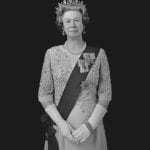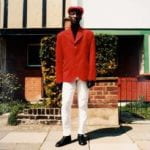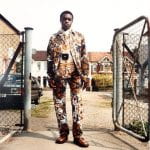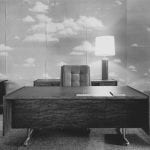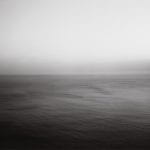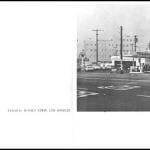Typologies & Types: Faces, Spaces, Places
‘Throughout the modern era, photography has been enlisted to classify the world and its people. Driven by a belief in the scientific objectivity of photographic evidence, the logics utilized to classify photographs-in groups and categories or sequences of identically organized images-also shape our visual consciousness’ (Baker, 2015)

This is an adaptable session which encourages participants to consider a potential neutrality and objectivity of photographic vision. Through the construction of a typology, it encourages participants to also think about the nature of comparative and investigative viewing (whether the subject matter is face, places or spaces).
‘I am an eye. A mechanical eye. I, the machine, show you a world the way only I can see it. My way leads towards a fresh perception of the world. Thus, I explain in a new way the world unknown to you’ (Vertov in Berger, 1972, p.17)
This Session could be run in conjunction with:

Aims & Outcomes:
- For participants to explore the aesthetic implications of a ‘neutral’ view. Can photographs ever be objective?
- For participants to visually consider how typologies work. Do they encourage investigative viewing? Can they transform the banal?
- Participant Outcome: 4 (edited) 6×4 digital prints per approach (Faces / Spaces / Places)
‘For the first time an image of the world is formed automatically without the creative intervention of man. The personality of the photographer enters into proceedings only in his selection of the object to be photographed and by way of the purpose he has in mind’
(Bazin (1967) in Trachtenberg, 1980, p.241)

You will need:
- Digital cameras for all participants (and appropriate memory cards) *This session can also be run using Camera phones or Lumix cameras
- Card readers
- Access to computers (or laptops)
- An introductory brief & presentation for participants to outline the ideas and provide examples
- A booked room to critique participants work (either via a projector or via print)
- Blue tack to pin the work
- Costings and Risk Assessments

‘This is a requiem for a lost world and shows that, through the passing of time, even that which was once considered purely functional and even ugly, can attain beauty when seen through the eyes of the most attentive photographers’ (O’Hagan, 2014)
Presentation ideas: constructing typologies:
Faces:
Spaces:
places:
Preparation Work:
-
- Ask participants to read Sean O’Hagan (2014) ‘Lost world: Bernd and Hilla Becher’s legendary industrial photographs’ in The Guardian 3rd September 2014 available here
- Ask participants to watch Francis Hodgson (2011) Thomas Struth – An Objective Photographer? In The Financial Times available here
- Ask participants if they have thier own digital cameras and cards
- Make sure you have access to computers
- Make sure there are enough team members to support participants (never assume thier prior knowledge)
- Decide whether you will project the work or print it.
- If you are printing it (6×4) make sure the Photo Lab are aware and be aware of timekeeping so they have space to print the work.
- *If you are running this session off campus, make sure there is access to printers or projectors

suggested Session Outline:






